Small Business Success: How Local Restaurants Transformed Digitally in 2025
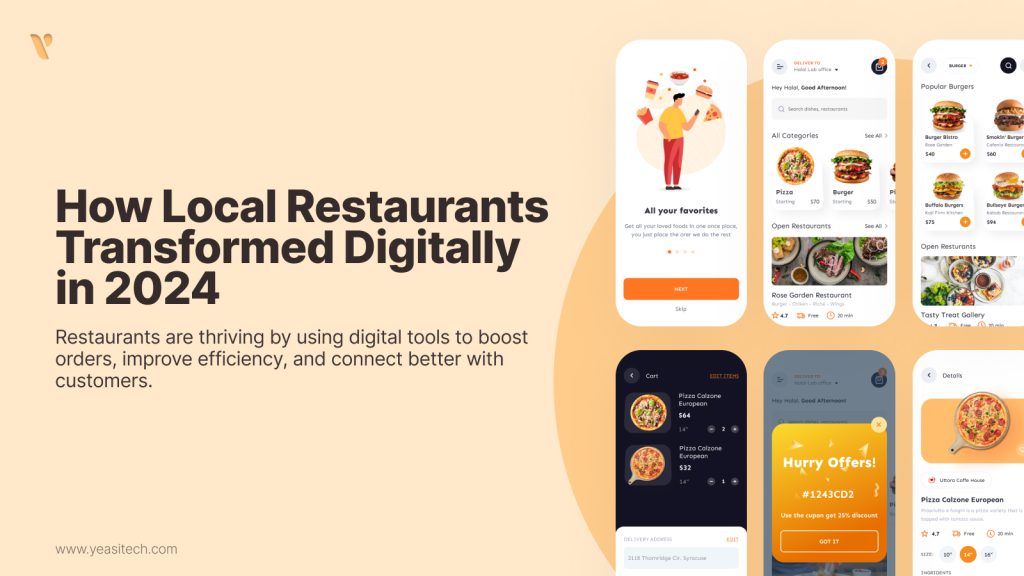
In India’s busy markets and quiet neighborhoods, small businesses’ success for local restaurants is experiencing an impressive change. Previously, depending on walk-in clients and word-of-mouth, they are now using digital technology to expand their consumer base, simplify operations, and achieve unprecedented growth.
The stories of two such companies will be discussed in this blog: a boutique that expanded its clientele through e-commerce and a neighborhood eatery that optimized its operations using digital ordering. Their experiences show how digital transformation can help Small Businesses Success in 2025, especially in India’s fast-moving market.
Understanding why digital transformation is important for small business success is crucial before diving into the stories. According to a report by Statista, India is projected to have over 1.5 billion mobile users by 2025, with the internet penetration rate reaching 60%. This growth presents a massive opportunity for small businesses to tap into online consumer behavior.
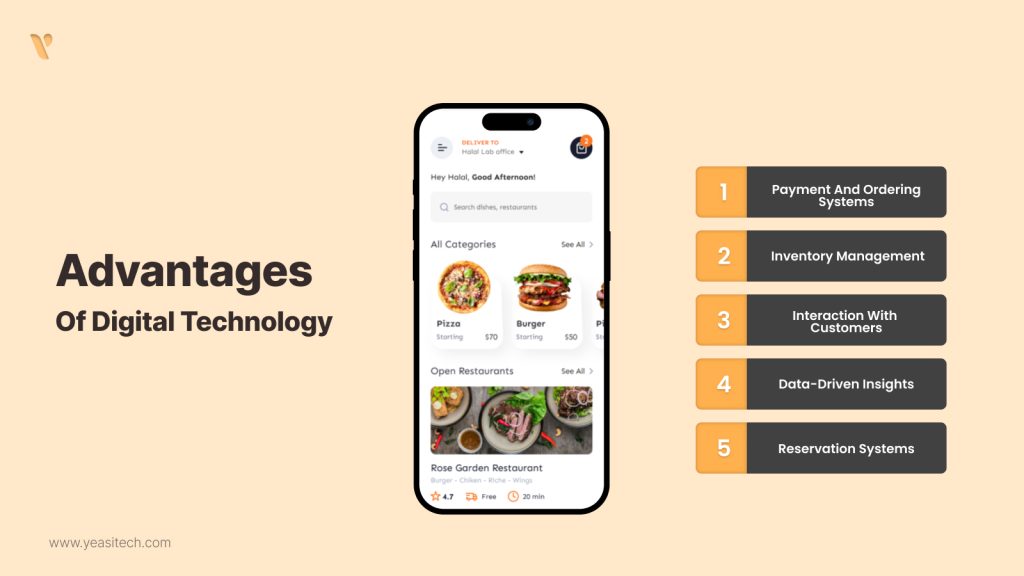
Digital technology is revolutionizing the restaurant industry in today’s fast-paced world. New restaurants must have it for smoother operations, better customer experiences, and more earnings. This is why it’s so important to embrace technology:
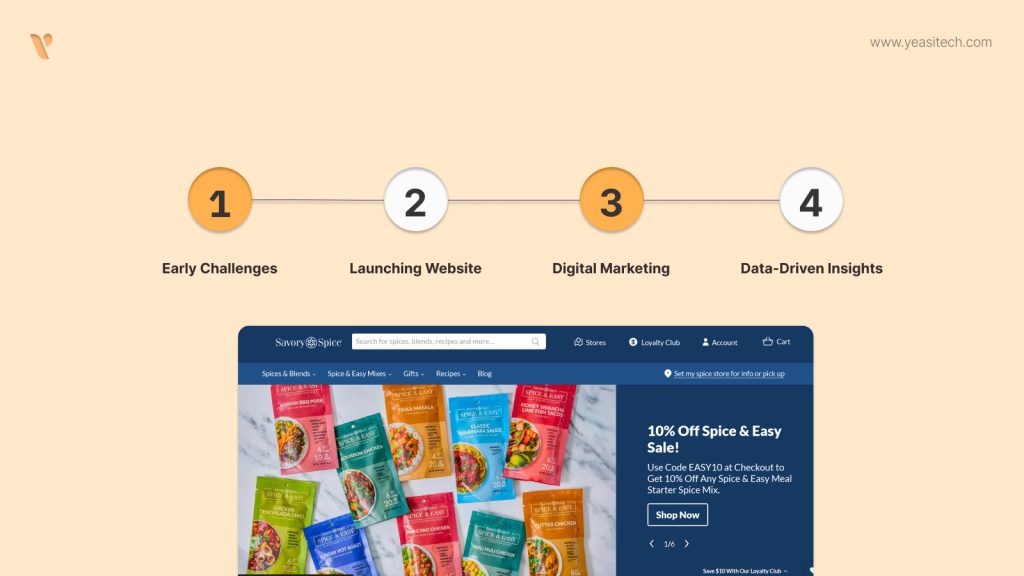
Here’s a closer look at how one local restaurant embraced digital transformation to achieve remarkable success:
Savory Spices was a family-owned restaurant in the center of Pune that was well-known for its traditional Indian fare. However, in early 2023, Savory Spices, like many other small businesses, had to contend with a decline in foot traffic and increased competition from new delivery options. The business recognized it could no longer make ends meet by depending just on walk-in customers as food delivery apps started to take over the industry.
The proprietors made the decision to embrace digital solutions in the middle of 2023 by collaborating with websites like Swiggy and Zomato, but it was only the first step. A 15% to 30% commission is usually charged on each order by Swiggy, Zomato, and other third-party food ordering applications. There is a method to get those users to switch from these platforms to your own app or website, though. With this strategy, they can communicate with clients directly, provide special offers, avoid paying commissions, and—above all—develop their own brand.
Savory Spices saw a 50% increase in their Instagram following in just three months, which led to an increase in foot traffic and online orders.
This success aligns with findings from a 2025 NASSCOM study, which revealed that nearly 60% of small restaurants adopting digital ordering systems saw revenue growth.
To drive online orders, Savory Spices embraced social media marketing. They used targeted Facebook and Instagram advertisements, showcasing their unique dishes with professionally created images and videos, with the support of a prominent digital marketing company. They also held online competitions, user-generated material, and Instagram polls to interact with the customers they serve.
Savory Spices’ Instagram following increased by 50% in just three months, resulting in a rise in foot traffic and online orders.
Savory Spices can monitor customer preferences, track inventory, and analyze which dishes were the best sellers by integrating POS (Point of Sale) software. With insights from these systems, they curated special online-only menus for weekend orders, leading to a surge in revenue during those peak times.
“Data-driven insights allowed us to predict what our customers wanted and when, helping us optimize our offerings”– Co-owner of Savory Spices, Mr. Arun Mehta
With enhanced data insights, Savory Spices reduced food wastage by 20% and increased overall operational efficiency by 15%.
Small businesses may reach a larger audience, simplify internal procedures, and make wise decisions with the help of digital technologies. Savory Spices needed to use data to optimize their operations and have meaningful interactions with consumers, in addition to establishing an online presence.
Small businesses in India that embrace the digital economy’s changes will thrive. Digital India, a government initiative, has further pushed businesses toward digital adoption, providing tools, training, and financial aid for SMEs (Small and Medium Enterprises).
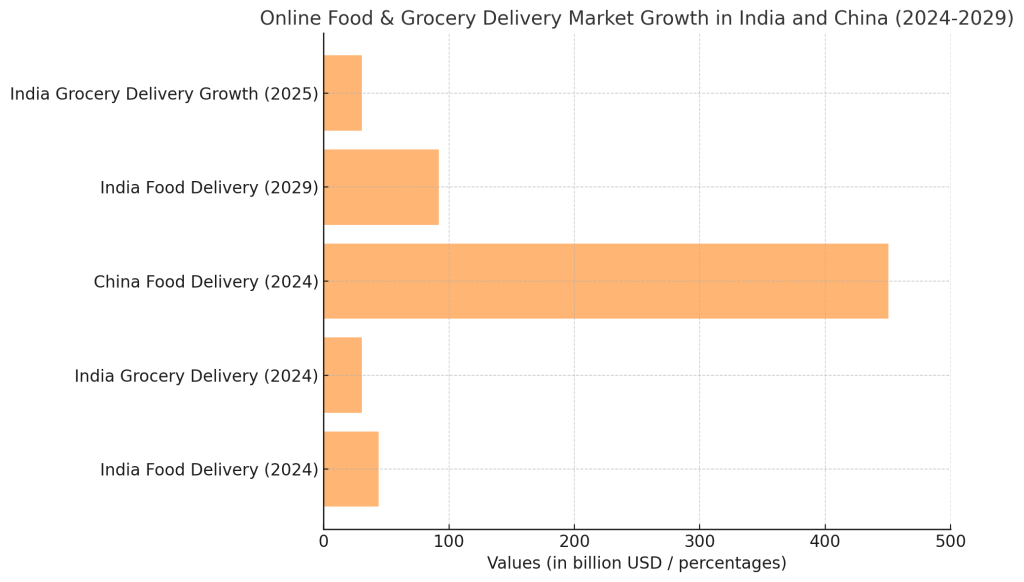
Digital adoption by regional eateries like Savory Spices is likely to be a key factor in the expansion of the Indian food delivery market, which is predicted to increase at a compound annual growth rate (CAGR) between 2024 and 2029. A Statista study found that online ordering accounts for more than 70% of restaurant service revenue in Tier 1 cities in India.
75 percent of customers surveyed in 2025 said they prefer restaurants that allow both online and in-person ordering. This shift toward convenience and digital accessibility directly contributed to Savory Spices success.
These two remarkable case studies that highlight the success of businesses in the Indian market through digital transformation:
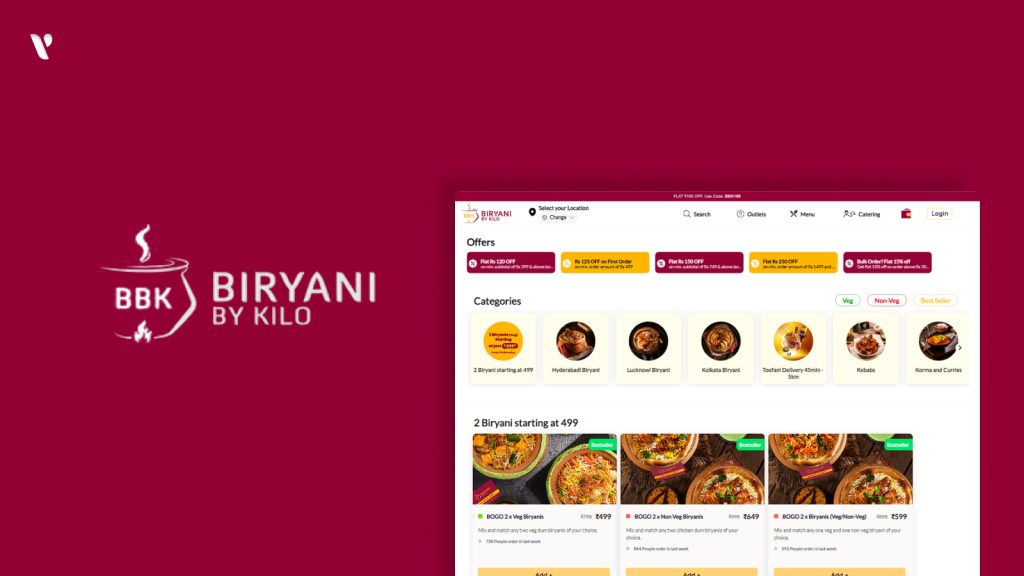
Biryani By Kilo needs to find ways to expand its customer base while maintaining high levels of customer service.
Digital Transformation:
Biryani By Kilo modernized their online ordering system to increase accessibility and optimize workflow. The improved system now has a loyalty program to reward loyal users and a simple interface for navigation. The restaurant used data analytics to optimize delivery routes and inventory management, reducing delivery times and minimizing waste.
Results
Biryani By Kilo experienced a 30% rise in online orders and a 25% increase in customer retention within six months after implementing the new system, according to XENO’s reports. The use of data analytics helped make their operations more efficient and increased customer satisfaction.
“Our focus on digital transformation has not only expanded our reach but also improved our operational efficiency,” – said Mr. Kaushik Roy Founder & CEO

Eatverse, a prominent Kolkata-based cloud kitchen, aimed to expand its reach and enhance customer service through technological upgrades.
Digital Transformation:
Eatverse implemented an innovative online reservation system that integrates customer feedback to tailor the dining experience. This system not only facilitates easier booking but also collects customer preferences for a personalized interaction.
Results:
As a result of these digital enhancements, Eatverse has experienced a surge in efficiency and customer engagement. They reported an increase in online reservations and significant growth in social media interaction. These improvements have helped them to better connect with their audience and expand their market presence.
If you are a Small Business owner and looking to create a website, or are looking for digital services advice. Please get in touch with our team if you would like an estimate. Our team will assess your needs as a business and as a product before presenting an elaborate cost estimate.
The success of local restaurants serves as an example of how digital tools could completely alter the way small companies operate. These companies saw notable increases in sales, customer reach, and operational efficiency by building e-commerce platforms, embracing digital marketing, implementing online ordering systems, and interacting with customers on social media.
At YeasiTech, we understand the significance of navigating this digital landscape. Our team is committed to helping companies just like yours in using technology to improve operations, interact with clients, and spur expansion.
If you are a Small Business owner and looking to create a website, or are looking for digital services advice. Please get in touch with our team if you would like an estimate. Our team will assess your needs as a business and as a product before presenting an elaborate cost estimate.
Digital transformation for local restaurants means adopting technology to enhance online ordering, payment systems, inventory management, and customer engagement. This streamlines operations, improves customer experiences, and maintains competitiveness.
An online ordering system lets customers order through a website or app, offering convenience and flexibility. For restaurants, it boosts order volume, shortens wait times, and extends reach beyond walk-in customers, while efficiently managing takeout and delivery.
A modern POS system offers real-time inventory tracking, automated sales reporting, and customer data management. It helps restaurants monitor stock, reduce waste, make informed decisions, and manage customer relationships by tracking preferences and purchase history.
Local restaurants can use Instagram and Facebook to showcase menus, share updates, and engage with customers. Targeted ads and promotions boost visibility, attract new customers, and build brand loyalty.
Contactless payment solutions improve safety and convenience by minimizing physical contact. Mobile wallets and contactless cards enable quicker transactions and a safer dining experience, addressing health concerns.
YeasiTech is a trusted IT service partner with 8+ years of experience, empowering 250+ businesses with scalable web, mobile and AI solutions.
Explore related topics to broaden your understanding and gain actionable insights that can transform your strategies.